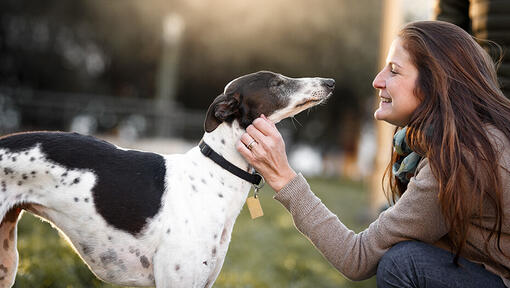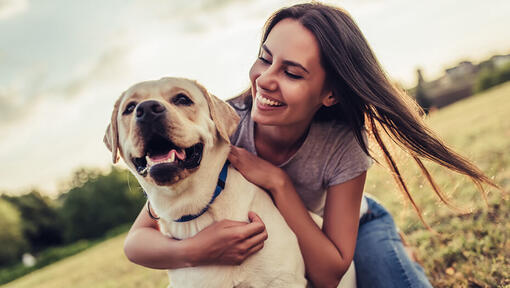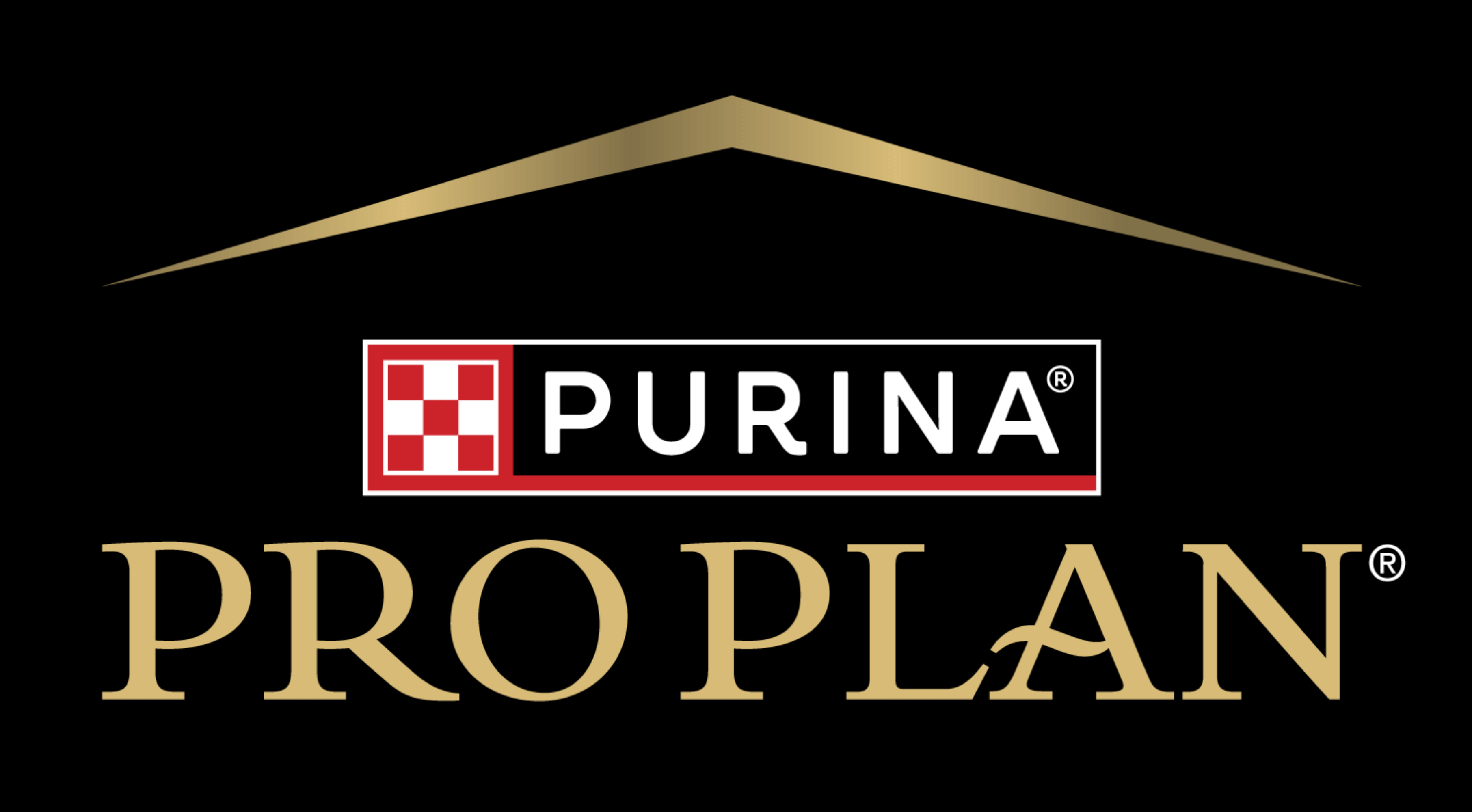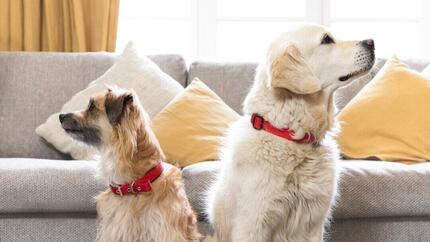
The fact that you love your dog and want to do your best for them isn’t in question, but do we really understand what our dogs need in order to thrive?
Looking after our beloved dogs comes naturally. We give them shelter, food, water and countless cuddles. But is this enough? It turns out dog's needs are just as complex as ours. Luckily, there is a handy visual tool you can use to make sure you take all your pet's needs into consideration for a happy, healthy and fulfilled life together.
Linda Michaels (MA) adapted Maslow’s hierarchy to create the dog's version of the hierarchy of needs. This helps explain what your dogs need from you and, importantly, what you need to prioritise in order to give your dog the life they deserve when they join your family.
Like us, our dogs thrive in a safe environment. This model is built on the premise that kindness is the foundation for all of your interactions with your dog and at the heart of all of the decisions you make for your dog.
Before you start to think about training cues, you have to have created an environment in which your dog is able to learn; that environment starts with the basics.
Here are your dog's different levels of needs you need to take into consideration.
Biological needs
Catering to your dogs’ biological needs is the foundation for everything. Think about a time when you were hungry, thirsty, tired, cold or feeling unwell. Did you feel in the best state possible to enjoy the company of others or learn something new? Imagine feeling those things and relying on someone else to provide them, while not speaking their language and not being able to articulate the most basic of needs. Your dog is reliant on you to provide them with food, water, a safe place to sleep, exercise and veterinary care both for check-ups and in an emergency.
Being able to provide for your dog’s biological needs is the first step in building a bond with them. You will provide them with food every day, they will always have fresh water, they will have their own space to enjoy undisturbed sleep, they will be taken out for exercise and they will have the medical attention they need. In doing all of these things, they will feel safe enough to begin to trust you.
Emotional needs
That’s when you naturally move through to the second level of catering for your dog’s needs. Emotional needs are just as important as the physical ones, which means establishing trust and a sense of security for your dog is crucial to their well-being. Consistency is the key to this and in every aspect of your relationship with your dog; you are showing them through your actions that they can trust you.
Force-free training needs
You now have the foundations in place for your healthy, happy dog to start learning the cues that you need in order to communicate with them. Everything you have done so far has taught your dog that you can be trusted and there’s no better teacher than a trusted teacher. Nobody can learn when they’re frightened and everybody can learn can the teaching is made fun. Our dogs need their training sessions to be fun! You can look through our dog training guides to find all the cues you need and teach your dog with kindness.
Social needs
Through being in the best state physically and having you as their trusted family member, your dog will have a place of safety from which to go and explore. This is where their social needs will be met by interacting with people and other dogs. It’s your responsibility to enable your dog to develop their social skills and part of that is providing appropriate opportunities for them to play.
Cognitive needs
At the top of the pyramid, you’ll see that cognitive needs are listed. In addition to the typical training cues that you need to communicate with your dog, they need to be given choice, the opportunity to problem solve and to experience new things. Some ideas of ways to fulfil this need for your dog can be found in our enrichment article or our dog tricks and games article. Remember that this is the last thing on your list when looking at the ways in which you can make your dog’s life wonderful.
Have a look at the pyramid and see where you can improve the way in which you cater to your dog’s needs. There’s always room for improvement, for all of us.
Next, find out more top tips about how to keep your dog healthy.














